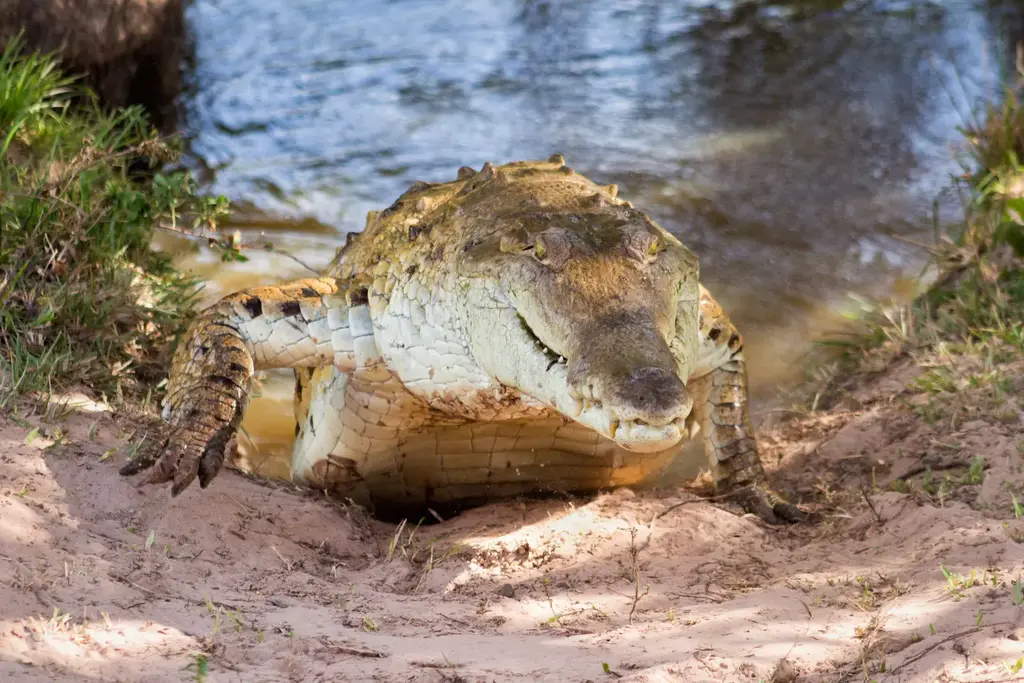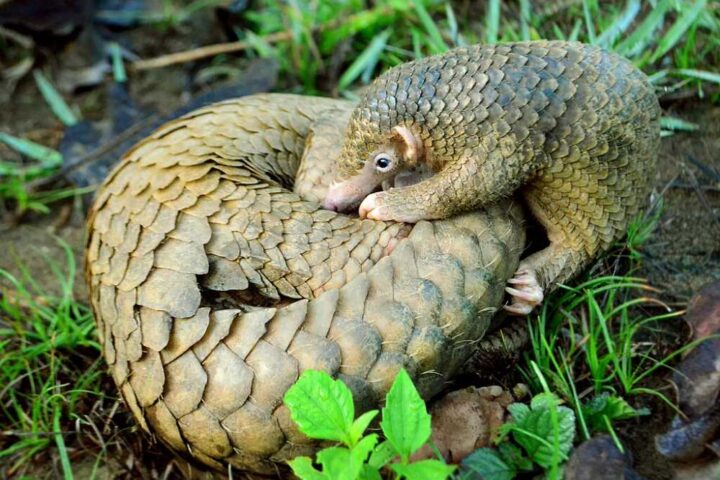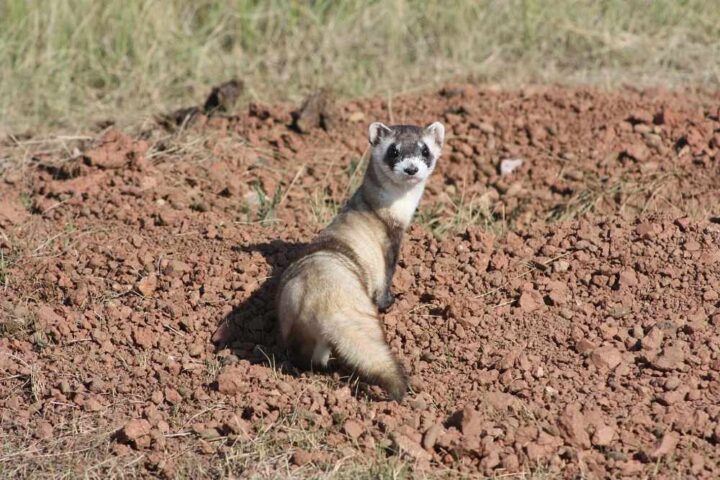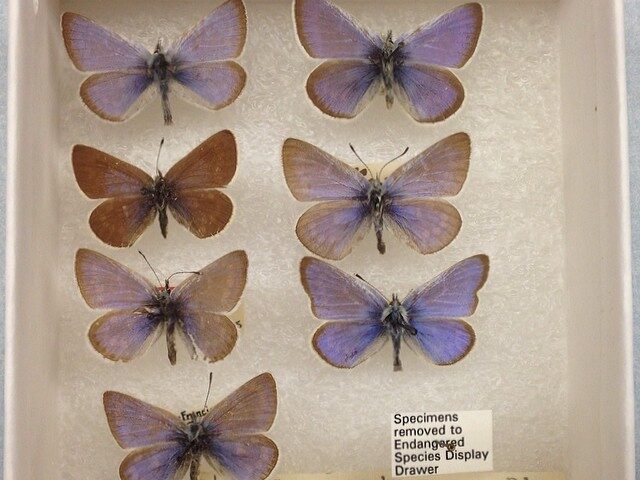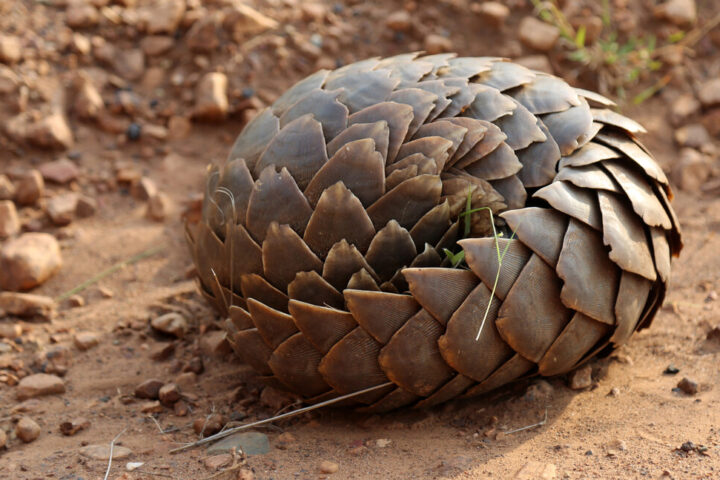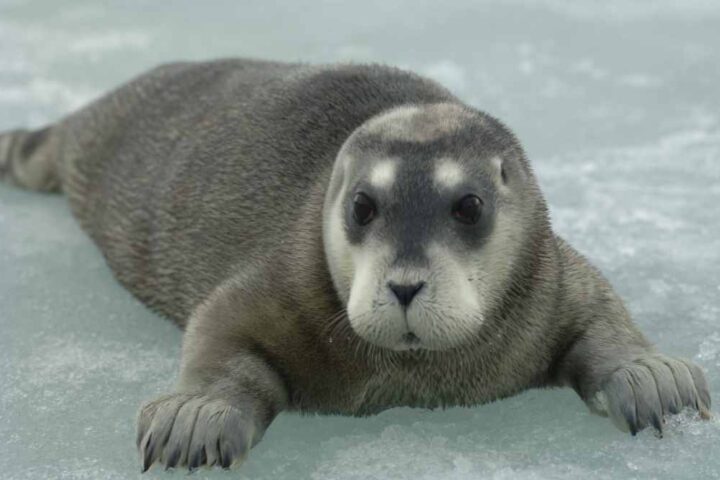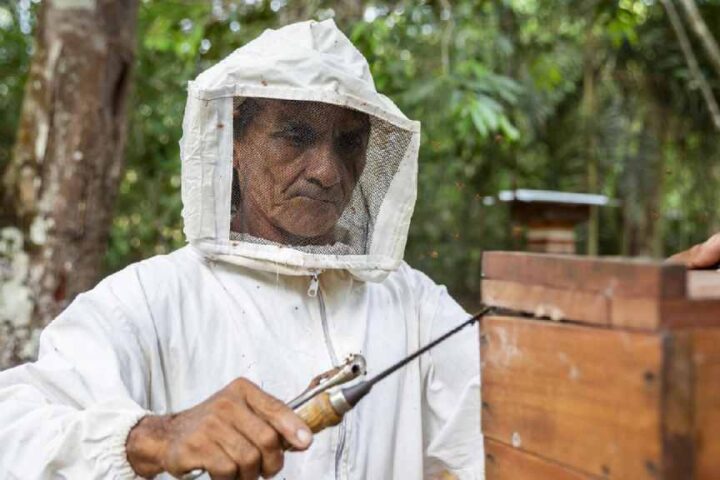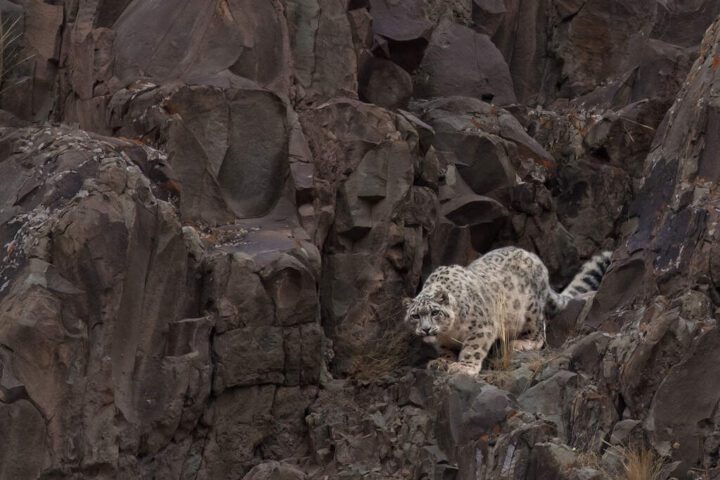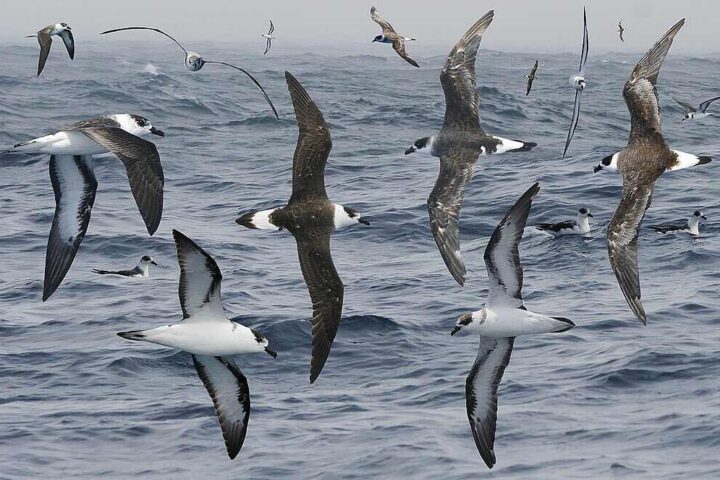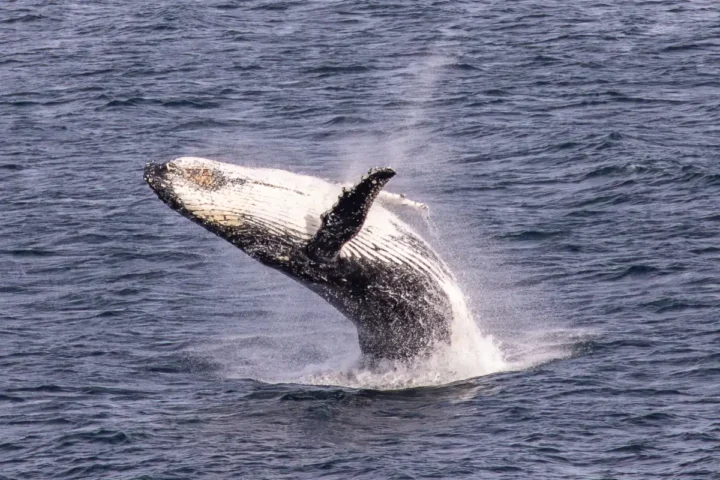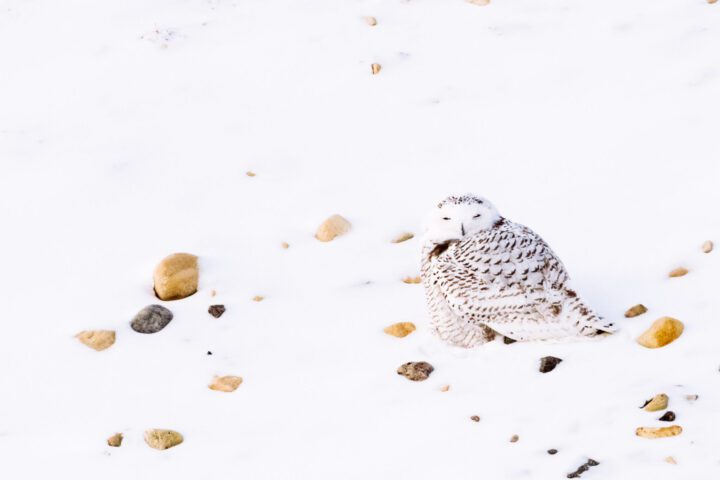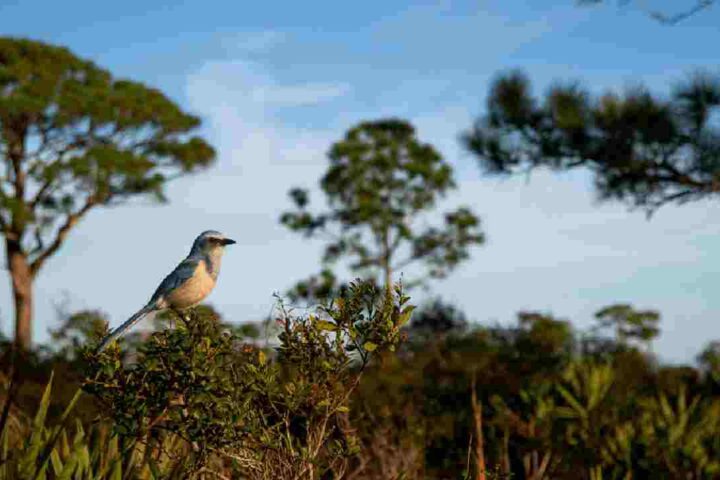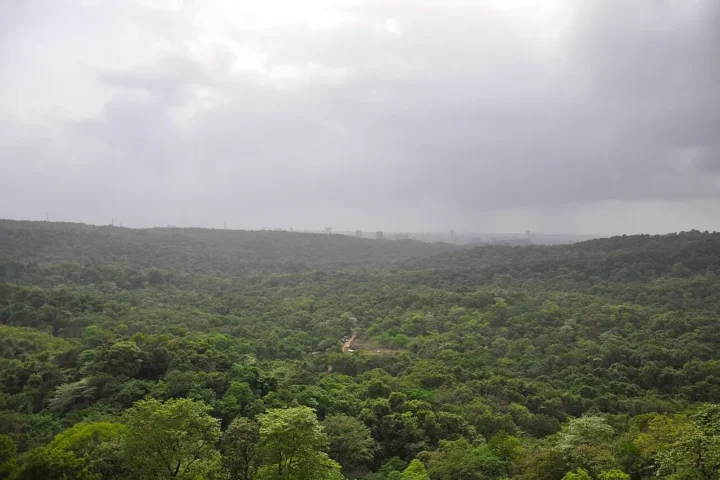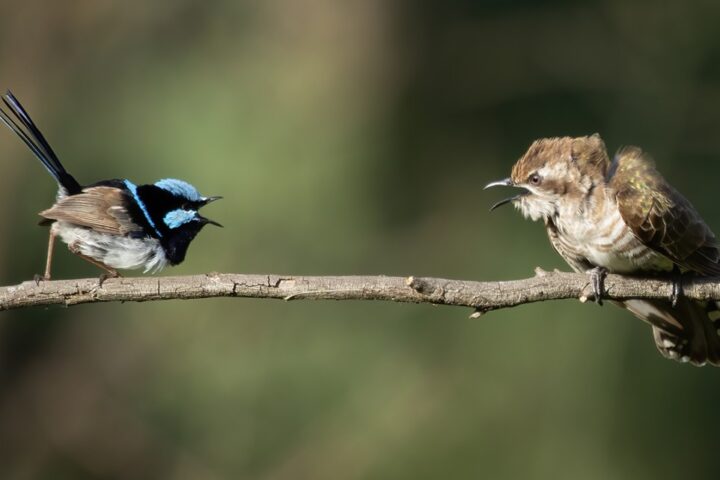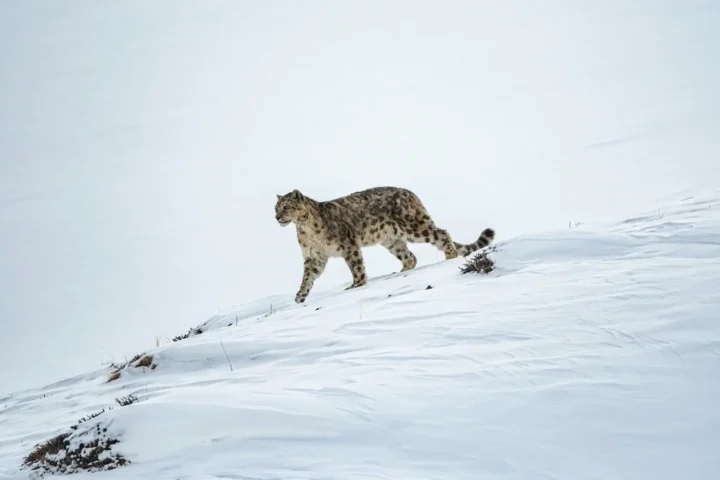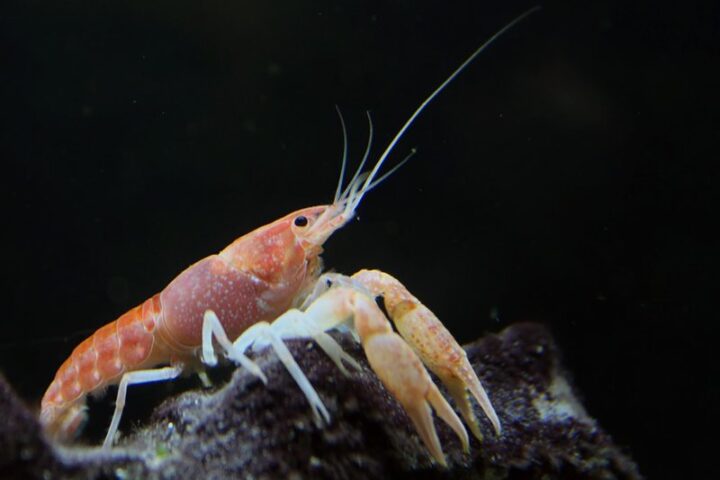In a remote stretch of the Capanaparo River in western Venezuela, biologist Carlos Alvarado gently releases a juvenile Orinoco crocodile into murky waters. This moment represents both hope and heartbreak in the fight to save one of the world’s most endangered reptiles.
“Maybe many of these animals are going to be killed tomorrow or the day after tomorrow because of a lack of awareness among people and of course because of hunger,” says Omar Hernandez, head of the Venezuelan conservation foundation FUDECI.
The numbers tell a stark story. Fewer than 100 mature Orinoco crocodiles remain in the wild, with some historical habitats now reporting zero sightings. This critically endangered species, which can grow over 5 meters (16 feet) long and live for decades, faces extinction despite three decades of conservation efforts.
The Orinoco crocodile’s decline began with commercial hunting. Between 1931 and 1934, Venezuela exported 2.5 million crocodile skins. Colombia shipped over 254,000 skins between the 1920s and 1950s. This massive harvest decimated wild populations.
Today, the threats have shifted. Economic hardship in Venezuela has driven locals to hunt crocodiles for meat and harvest their eggs for food.
“We’re only delaying the Orinoco’s extinction,” says Federico Pantin, director of the Leslie Pantin Zoo in Turmero, where hatchlings are raised.
Despite this grim outlook, a small group of dedicated scientists persists. Each year, they release about 200 juvenile crocodiles into carefully selected remote locations. The Venezuelan Crocodile Specialist Group raises the young reptiles in captivity until they’re about a year old and weigh around 6 kg (13 pounds).
The team feeds the young crocodiles chicken, beef, and vitamins. They monitor growth, tag the animals, and transport them to release sites far from human settlements to reduce hunting pressure.
“We are doing the management, collecting the hatchlings, raising them for a year and freeing them,” Hernandez explains. “But that is practically the only thing being done. And it is not being done at scale.”
The scientists face multiple challenges. The juvenile crocodiles suffer extremely high mortality rates, with Hernandez noting that “almost all are hunted” during their first year after release. Scientific research indicates that most eggs or hatchlings die in the wild due to predation, habitat loss, and human interference.
A 2023 genetic study offered a rare glimmer of hope. Researchers confirmed that captive-bred populations maintain substantial genetic diversity, making them suitable for wild reintroduction programs. This finding validates decades of breeding efforts.
Artificial incubation has also proven effective, yielding significantly higher hatching success rates compared to natural incubation. These scientific advances directly boost the number of viable hatchlings for release.
Similar posts
The conservation team includes aging experts like Alvaro Velasco, 66, president of the Crocodile Specialist Group, who sports an Orinoco crocodile tattoo on his shoulder. “People ask me, ‘Why crocodiles? They’re ugly?'” he says. “To me, they’re fabulous animals.”
Younger biologists like Alvarado, 34, represent a crucial next generation. He calls his work “a great responsibility” and actively recruits university students to join conservation efforts, though many of Venezuela’s young scientists have left the country.
The broader issues of habitat destruction receive less attention but pose serious threats. Palm oil expansion, cattle ranching, and gold mining destroy nesting beaches and introduce toxins into the ecosystem. Infrastructure development alters river flow and isolates crocodile populations.
Colombia has developed its own conservation initiatives. The “Ethno-Program for the Conservation of the Orinoco Crocodile” works to protect wild crocodiles and their nesting sites, complementing Venezuela’s efforts.

The Roberto Franco Tropical Biological Station in Colombia maintains over 600 captive crocodiles, potentially exceeding the wild adult population. Since the 1990s, Colombia and Venezuela have jointly released over 10,000 captive-bred Orinoco crocodiles.
Despite these efforts, the species’ future remains uncertain. “We’re stubborn,” Hernandez says. “It’s a way of delaying extinction and it’s something that is in our capacity to do. If we waited for the perfect circumstances, they would never come.”
As the released juveniles disappear into the green-tinged waters of the Capanaparo River, they carry the slim hope for a species on the edge. Their survival depends not just on dedicated scientists but on addressing the complex social and environmental challenges that threaten their existence.
